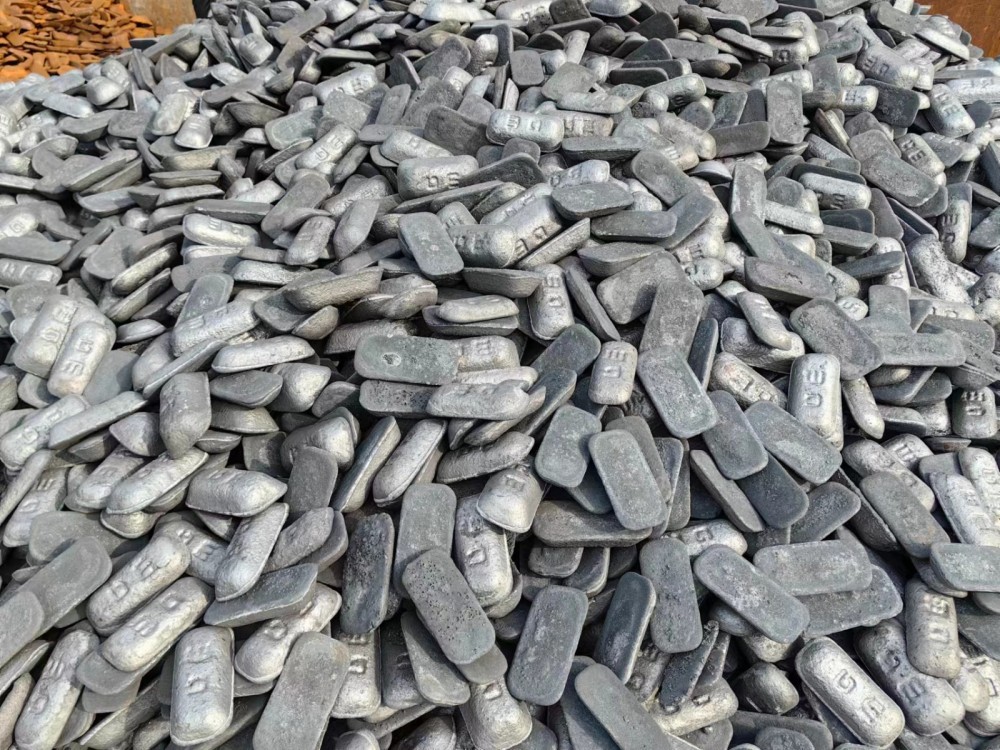An Explanation of China's National Standard for Cast Iron: GBT 718-2024
2025-04-29 15:11:57 hits:0
An Explanation of China's National Standard for Cast Iron: GBT 718-2024, Contributing to the High-Quality Development of the Global Foundry Industry
In the global foundry industry, China stands as a major producer and exporter of pig iron, ensuring product reliability through stringent quality standards. The recent release of the "GBT 718-2024 Cast Iron" national standard further clarifies the technical specifications for gray iron, ductile iron, and high-purity foundry pig iron, providing international customers with a definitive guide for material selection and quality assurance. This article delves into the core content of the standard, elucidating the quality advantages and compliance requirements of Chinese pig iron products.

I. Systematic Classification and Clear Grade Numbering: Meeting Diverse Foundry Needs
The new standard categorizes cast iron into three distinct types, each with a well-defined grade numbering system to ensure product traceability.
Gray Iron Pig Iron (Z Series)
Example Grades: Z14, Z18, Z22
Key Specifications: Centered on silicon (Si) content, with strict controls over carbon (C), manganese (Mn), phosphorus (P), and sulfur (S) levels. This ensures gray iron castings possess excellent vibration damping and wear resistance.
Ductile Iron Pig Iron (Q Series)
Example Grades: Q8, Q10, Q12
Technical Highlights: Stringent limits on spheroidizing-inhibiting elements such as titanium (Ti), tin (Sn), and antimony (Sb). This guarantees stable spheroidization in ductile iron castings, achieving high strength and ductility.
High-Purity Foundry Pig Iron (C Series)
Example Grades: C1, C2, C3
Premium Positioning: Ultra-low trace element control, with phosphorus (P) ≤ 0.03% and sulfur (S) ≤ 0.01%, catering to the stringent material purity demands of precision casting and high-end equipment manufacturing.
II. Comprehensive Quality Control: From Composition to Delivery
1. Precision Management of Chemical Composition
The standard implements layered management of chemical compositions for each type of pig iron:
Gray Iron Pig Iron: Silicon content ranges from 1.00% to 2.75%, with phosphorus limited to ≤ 0.10% and sulfur to ≤ 0.06%.
Ductile Iron Pig Iron: Titanium is capped at ≤ 0.08%, and lead (Pb) at ≤ 0.005%, mitigating risks of spheroidization degradation.
High-Purity Pig Iron: Phosphorus and sulfur are strictly controlled to ≤ 0.03% and ≤ 0.01% respectively, with additional constraints on trace elements like arsenic (As) and aluminum (Al).
2. Physical Form and Surface Quality Standards
Block Weight Standards: Individual block weights range from 2kg to 9kg, with abnormal block weights limited to ≤ 10% of the total, ensuring melting efficiency.
Surface Quality Requirements: Surfaces must be free from visible slag or floating sand, with minor lime or graphite adherences permitted.
3. Inspection and Acceptance System
Inspection Methods: Carbon and silicon analyses adhere to standards like GB/T 223.79-2007, while trace elements are measured using advanced techniques such as ICP-MS.
Acceptance Process: Suppliers conduct ex-factory inspections via their quality assurance departments, with buyers able to verify chemical compositions, production batches, and other critical information through quality certificates.
III. Storage, Transportation, and Quality Traceability: Building Trust in Global Supply Chains
1. Efficient Inventory Management
Categorized Storage: Products are stored by type, grade, and batch to prevent cross-contamination.
Environmental Controls: Isolation from acidic/alkaline substances, along with moisture and rust prevention measures, ensures material stability.
2. Professional Transportation Solutions
Packaging Options: Default bulk packaging with customizable solutions (e.g., pallets, containers) available upon request.
Transport Protection: Covered vehicles are prioritized, with open vehicles requiring waterproof tarpaulins to shield against moisture.
3. Comprehensive Quality Traceability System
Each batch of pig iron is accompanied by a quality certificate containing:
Product type, grade, weight, and production date
Chemical composition test results
Standard reference number and quality conformity declaration
IV. Chinese Pig Iron Standards: The Quality Foundation of the Global Foundry Industry
The implementation of GBT 718-2024 not only reflects China's foundry sector's commitment to technological excellence but also offers international customers three core values:
Stability: Standardized grades and compositions reduce performance variability risks.
Traceability: A complete quality certification system supports transparency in global supply chains.
Compatibility: Technical specifications align with international standards (e.g., ISO, ASTM), streamlining cross-border procurement.
For overseas buyers, selecting Chinese pig iron that complies with national standards means opting for end-to-end quality assurance, from raw materials to finished products. Moving forward, China's foundry industry will continue to drive industrial upgrading through standard innovation, offering superior metal material solutions to the global manufacturing sector.
For more information on Chinese pig iron products, please visit [https://www.tieguexport.com/index.php?c=category&id=5]or contact our international business team!

 en
en  fra
fra  de
de  ru
ru  ara
ara  gle
gle  it
it  jp
jp  kor
kor  th
th  zh
zh 


